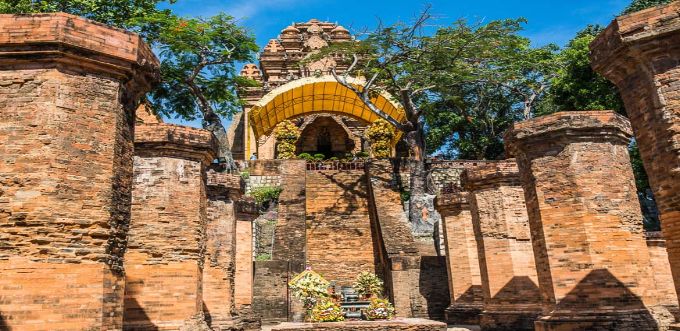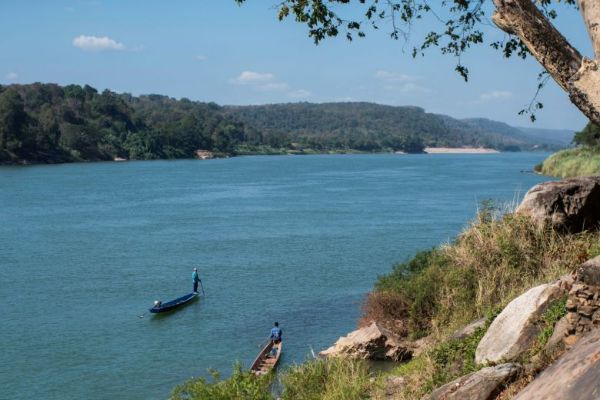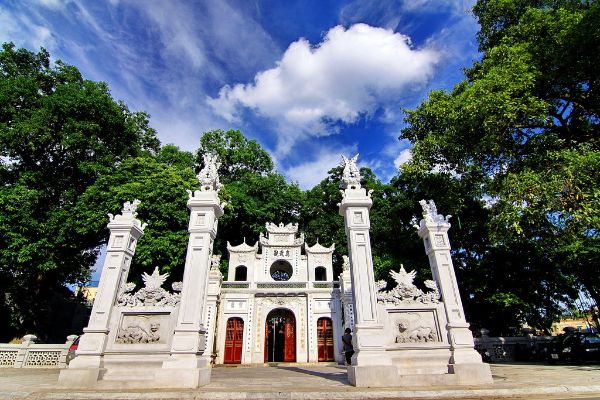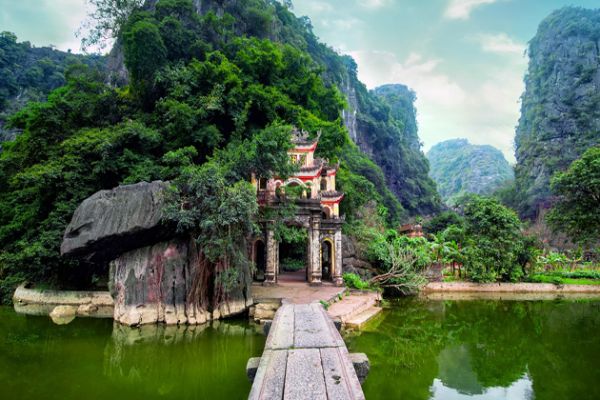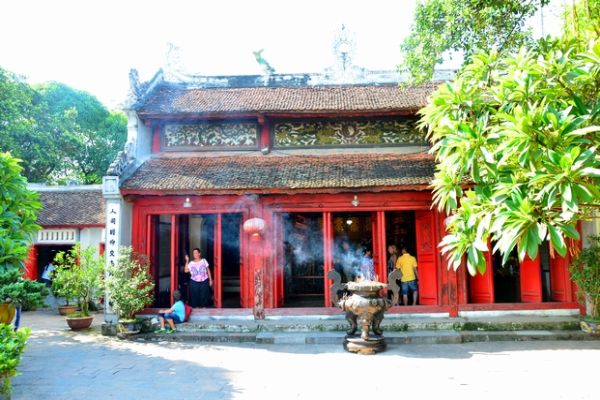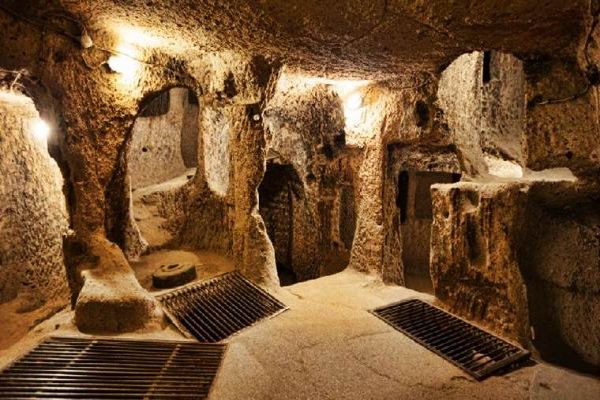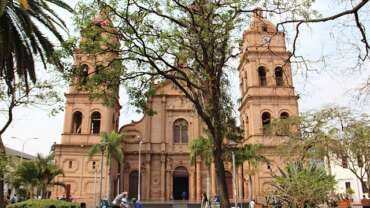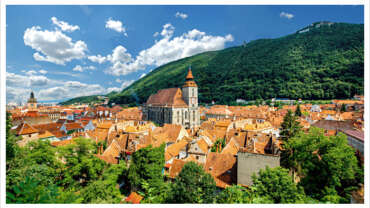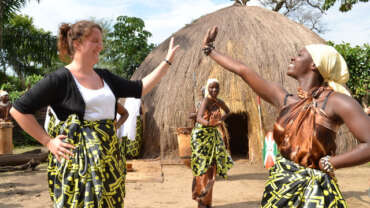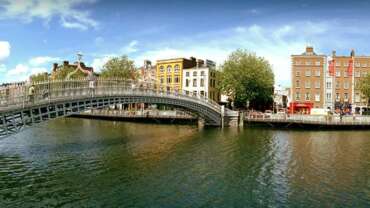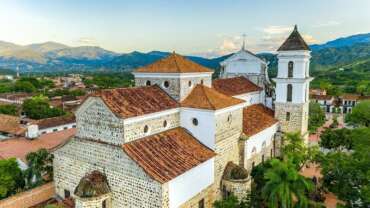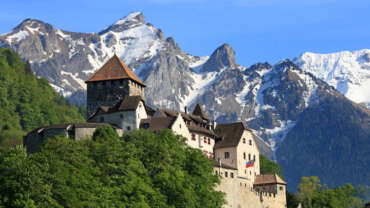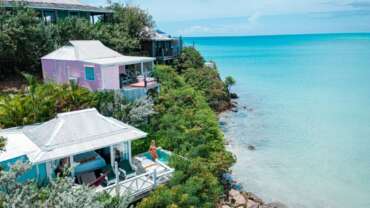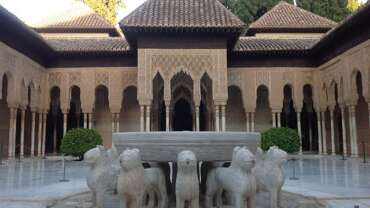MICE in Vietnam - Timeless Charm
Vietnam is becoming a prospective MICE tourism destination in Southeast Asia. MICE tourism means travelling in combination with attending meetings or conferences. MICE stands for Meeting, Incentives, Conferences/Congress, Events/ Exhibition. Destinations in Singapore, Bangkok, Jakarta and Kuala Lumpur have become familiar with MICE tourists; therefore they want to discover a new destination in Southeast Asia such as Vietnam. Vietnam Meeting and Incentive Club is proud to offer world class facilities set amongst stunning backdrops to our international MICE clients.
Vietnam’s many advantages, such as beautiful beaches along its coast and many world-class cultural and natural heritages throughout the country, provide a lot of chances for expanding MICE tourism, especially at a time when the country is deeply integrating into the world’s economy. The International Congress and Convention Association (ICCA) stated that, Vietnam is emerging as a safe destination in the world and an attractive place for foreign investors.
It is urgent to found a professional organisation for this new kind of tourism and call for investment in the construction of world-standard fair and exhibition centres and international conference centres. These are important measures to boost the development of the tourism industry of Vietnam in the coming years.
We are confident to work with you in any of below aspects or all:
– Meeting, Banquet & Hotel accommodation.
– Visa arrangement, Meet & Greet service.
– Themes Parties & Gala Dinners.
– Culture tours and Excursions.
– Team building activities.
– Corporate gift.
– Logistics.
– Incentive Travel.
– Conference & Event.
– Tailored tour program.
– Themes Party & Gala Dinner.
– Other Logistic.
– Transportation.
– Visa arrangement.
– Secretarial clerk, translation work, interpretation.
– Team building activities, Culture tours and Excursions.
History of Vietnam
Origins of the Vietnamese people
Relatively little is known about the origins of the Vietnamese. They first appeared in history as the so-called “Lac” peoples, who lived in the Red River delta region, in what is now northern Vietnam. Some scholars have suggested that the Lac were closely related to other peoples, known as the Viet (called the Yue by the Chinese), who inhabited the coastal region of East Asia from the Yangtze River to the Red River delta during the 1st millennium BCE. Others have questioned this view, noting that modern-day Vietnamese share many cultural and linguistic traits with other non-Chinese peoples living in neighbouring areas of Southeast Asia.
Linguistic research, which offers a relatively reliable way of distinguishing the various ethnic groups of Southeast Asia, supports the mixed ethnic and cultural provenance of the Vietnamese people. Modern linguistics places the origin of Vietnamese in the Austronesian language group on the basis of similarities in morphology and consonant clusters. It is largely this linguistic link that has led scholars to speculate that Austronesians formed at least a part of the Lac population. However, like Tai, Vietnamese evolved away from the Austronesian language group as it acquired tones as part of its phonemic structure. This may have been the consequence of interaction with Chinese languages, to which Vietnamese (again, like Tai) bears some similarity of tones, but it is also possible that elements of tonality and grammar might have been adopted directly from Tai. From the monotonic Mon-Khmer language family, Vietnamese derived its fundamental structure and many of its basic words. Early script—as well as much political, literary, philosophical, and technical vocabulary—again trace to the Chinese, who at that time were more culturally advanced than the peoples of the Red River delta.
Ethnographic study also reveals the degree to which ancient Vietnamese culture combined elements found among many other peoples within the region. Totemism, animism, tattooing, the chewing of betel nuts, teeth blackening, and many marriage rituals and seasonal festivals indicate the relationship between the Vietnamese and the neighbouring peoples in Southeast Asia. Although Chinese civilization later became the main force in shaping Vietnamese culture, the failure of the Chinese to assimilate the Vietnamese people underscores the fact that strong elements of an authentic local culture must have emerged in the Red River valley long before China established its millennium of rule over Vietnam.
People of Vietnam
Diverse cultural traditions, geographies, and historical events have created distinct regions within the country. The lowlands generally have been occupied by ethnic Vietnamese, while the highlands have been home to numerous smaller ethnic groups that differ culturally and linguistically from the Vietnamese. The highland peoples can be divided into the northern ethnic groups, who have affinities with peoples in southern China who speak Tai languages; and the southern highland populations, who have ties with peoples in Cambodia, who speak Mon-Khmer languages (Austroasiatic family), and peoples in Indonesia and elsewhere in Southeast Asia, who speak Austronesian languages.
A north-south variation has also emerged among the ethnic Vietnamese as they have expanded southward from the Red River delta along the coastal plain and into the Mekong delta. The Vietnamese have long made a distinction between the northern region, with Hanoi as its cultural centre; the central region, where the Nguyen dynasty established a capital at Hue; and the southern region, with Saigon (Ho Chi Minh City) as its urban centre. After the mid-19th century, Vietnam was similarly divided by the French into Tonkin in the north, Annam in the centre, and Cochinchina in the south.
Ethnic groups
Vietnam has one of the most complex ethnolinguistic patterns in Asia. The Vietnamese majority was significantly Sinicized during a millennium of Chinese rule, which ended in 939 CE. Indian influence is most evident among the Cham and Khmer minorities. The Cham formed the majority population in the Indianized kingdom of Champa in what is now central Vietnam from the 2nd to the late 15th century CE. Small numbers of Cham remain in the south-central coastal plain and in the Mekong delta near the Cambodian border. The Khmer (Cambodians) are scattered throughout the Mekong delta.
Many other ethnic groups inhabit the highlands. While cultures vary considerably in the central region, shared characteristics include a way of life still largely oriented toward kin groups and small communities. Known collectively by the French as Montagnards (“highlanders” or, literally, “mountain people”), these central highlanders have affinities with other Southeast Asians and have exhibited an intense desire to preserve their own cultural identities. In the northern uplands, the various groups have ethnolinguistic affiliations with peoples in Thailand, Laos, and southern China.
Highland groups in general have experienced little Chinese or Indian influence, although they absorbed some Western (French and then American) cultural traits, primarily between the late 19th century and the early 1970s. By the early 21st century, however, the active promotion of tourism, as well as increased availability of products from foreign markets, brought new international influences into the highland communities.
Languages
Vietnamese is the official language of Vietnam. Although one of the Mon-Khmer languages of the Austroasiatic family, Vietnamese exhibits strong influences from Chinese. The language of the Khmer minority also belongs to the Mon-Khmer group, whereas Cham belongs to the Austronesian family.
Many Montagnard peoples—such as the Rade (Rhade), Jarai, Chru, and Roglai—speak Austronesian languages, linking them to the Cham, Malay, and Indonesian peoples; others—including the Bru, Pacoh, Katu, Cua, Hre, Rengao, Sedang, Bahnar, Mnong, Mang (Maa), Muong, and Stieng—speak Mon-Khmer languages, connecting them with the Khmer. French missionaries and administrators provided Roman script for some of the Montagnard languages, and additional orthographies have since been devised.
The largest of the northern highland groups speak languages belonging to the Tai language family and generally live in upland valleys. Thai, the national language of Thailand, also belongs to this language family. Hmong (Miao) and Mien groups, who speak Sino-Tibetan languages, are scattered at higher elevations.
Religion
Confucianism, Daoism, and Mahayana Buddhism entered Vietnam over many centuries. Gradually they became intertwined, simplified, and Vietnamized to constitute, along with vestiges of earlier local beliefs, an indigenous religion that came to be shared to some considerable extent by all Vietnamese, regardless of region or social class. It is largely this religious amalgam that is practiced by the roughly half of the population that identifies itself as being Buddhist.
The religion of Cao Dai, a synthesis of Confucianism, Daoism, Buddhism, and Roman Catholicism, appeared during the 1920s, and in the 1930s the Hoa Hao neo-Buddhist sect spread through parts of the Mekong delta. Cao Dai has about half as many adherents as Hoa Hao, but both congregations are growing. Together, the two new-religionist movements have embraced a significant minority of the population. Local religions involving numerous spirits predominate in many upland communities, and most Cham are adherents of Islam.
Roman Catholicism was introduced into Vietnam in the 16th century by Portuguese explorers and Dominican missionaries and spread rapidly following the French conquest in the mid-19th century. The heaviest concentrations of Roman Catholics in Vietnam were in the north until 1954, when, after the partition of the country, many of them to fled to the south. Protestantism came to Vietnam in 1911 and spread mainly among small segments of the urban population in the central and southern regions.
In 1954 all foreign Roman Catholic and Protestant clergy were expelled from North Vietnam, leaving only the native clergy. The North Vietnamese government tried to supplant the existing structures of organized religion with its own patriotic Buddhist, Cao Dai, Catholic, and Protestant religious organizations. Catholic clergy and believers were forced to renounce their allegiance to Rome.
With the conquest of South Vietnam by North Vietnam in 1975, northern institutions of control over churches and clergies were extended to the south as well. The country’s constitution, promulgated in 1992, guarantees freedom of religion, but in practice government controls have been relaxed only gradually. Performance of religious services by foreign missionaries without government approval continues to be illegal. Similarly, faith-based non-governmental organizations must register with the government, and may not proselytize.
Art & Culture of Vietnam
Literature
Vietnamese poetry was written exclusively in Chinese until the end of the 13th century. By the 15th century, however, a demotic script called Chu Nom, or “the southern script,” had evolved into a vehicle for writing in vernacular Vietnamese. The Chinese heritage of the elite merged with local oral tradition, producing a truly Vietnamese literature. A distinctively Vietnamese long narrative poem in verse developed, culminating in the masterpiece of national literature, Kim Van Kieu (The Tale of Kieu), by Nguyen Du (1765–1820). In the 20th century, Vietnamese literature came to be written in a Roman alphabetical script (Quoc-ngu). In the 1930s a modern Vietnamese literature developed under French influence, featuring poetry, novels, and short stories.
Between 1954 and 1975 a cosmopolitan literature stressing creativity and individual freedom flourished in the south, while a state-sponsored literature of Socialist Realism was promoted in the north. After 1975 Socialist Realism became a national orthodoxy, although in the 1980s literature became more lively and diverse in content. During the 1990s writers tested the limits of their literary freedom, and since the start of the 21st century authors have continued to be bound by both explicit and tacit limitations and generally have practiced self-censorship. Politics has remained a taboo topic.
Daily life and social customs
Vietnam’s Confucian heritage is evident in the importance the Vietnamese give to the family. Families are essentially patrilineal, but Vietnamese women work alongside men in many jobs and play a major role in raising children and managing family finances. When possible, the Vietnamese prefer to work from early morning until early evening, with an extended rest period during the midday heat. In rural areas, both men and women wear trousers and shirts or blouses. On formal occasions and in urban areas, Western-style clothing is common, including skirts and blouses for women. Women still sometimes wear a form of the traditional ao dai, a long, slit tunic worn over pants.
Rice is the staple food. Vietnamese cuisine incorporates elements of both Chinese cooking and the cuisines of other Southeast Asian countries. Noodle soup with chicken or beef broth (pho), a distinctive kind of spring roll (cha gio), and the use of fermented fish sauce (nuoc mam) for dipping and seasoning are among the many noteworthy dishes. In the cities elaborate meals are available in expensive air-conditioned restaurants, but Vietnamese take delight in snacking at street stalls and entertaining friends in open-air establishments. The most important holiday, the lunar new year celebration known as Tet, is a time of feasting, visiting, and exchanging gifts.
Cultural Life
Chinese influence permeated all aspects of traditional Vietnamese culture, while Western influences became strong in the 20th century. Since the loosening of economic and political controls in the late 1980s, Vietnam has experienced both increased exposure to the lifestyles of the capitalist world and a resurfacing of old cultural practices. Folk traditions such as shamanism and soothsaying have experienced a revival despite official disapproval.
Luxury in Vietnam
With its spectacular natural beauty and dynamic urban culture, Vietnam is the perfect place to indulge in the finer things. Whatever luxury means for you – whether award-winning golf courses, sustainable spa villas, or bespoke cruises – you’ll enjoy discovering Vietnam’s unique interpretation. Head to the sunny coastlines of Da Nang and Nha Trang for a sampling of extraordinary resorts and first-rate golf courses. Or stay in or near Vietnam’s vibrant cities in a colonial-era hotel or riverside retreat. If you love shopping, the boutiques in Hanoi and Ho Chi Minh City will sweep you away with local luxury brands and high quality crafts.
If it’s total privacy you prefer, you’ll find it on the island of Con Dao and in lesser-known destinations such as Cam Ranh and Bai Tram.



